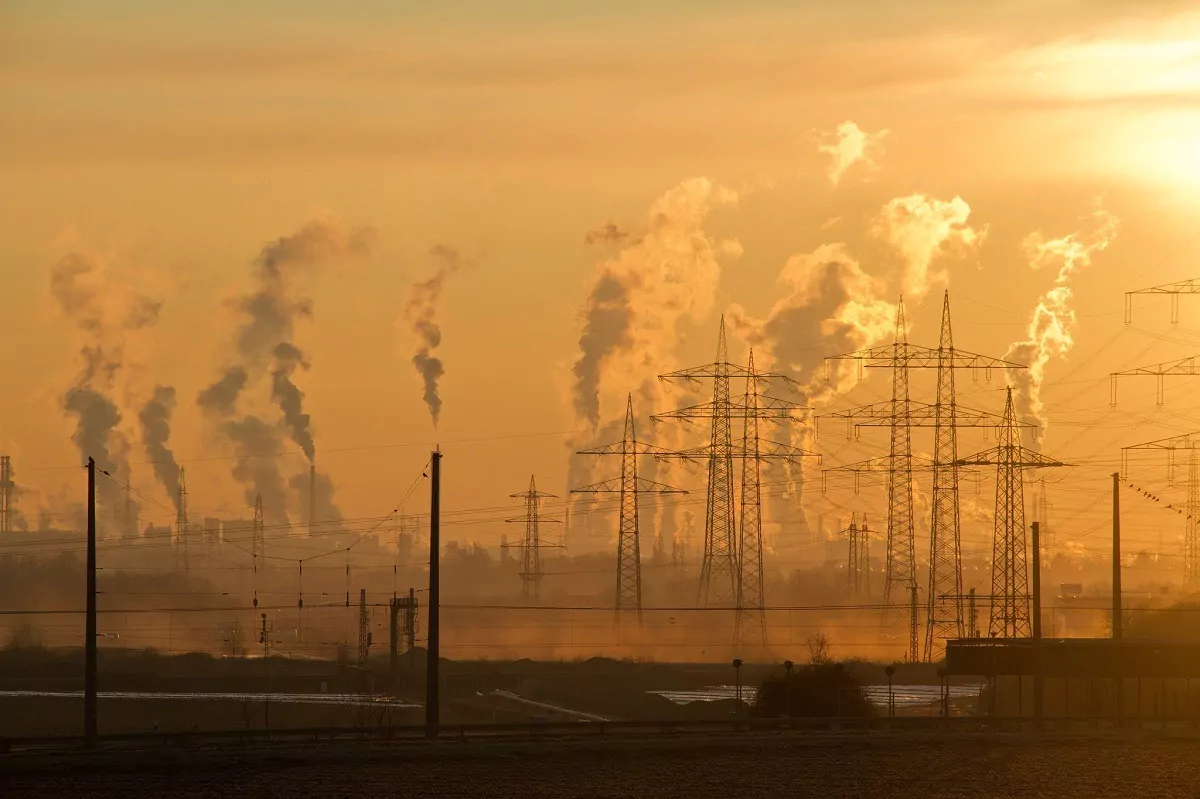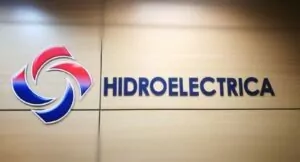Alongside the Inflation Report, Romania’s Central Bank (NBR) also published a case study explaining the exorbitant rise in energy prices in Romania and the EU. The NBR justifies the price increase by the fact that economic activity has recovered after the lifting of restrictions imposed by the pandemic and the complete reopening of economies, which has led to a surge in demand for natural gas, both for electricity generation and industrial purposes.
Urmărește mai jos producțiile video ale Economedia:
- articolul continuă mai jos -
During the summer, this situation was amplified by strong demand for electricity generation amid heat waves, combined with reduced production from competing sources (hydro and wind) and supply constraints caused by extreme weather events or prolonged maintenance work delayed by the pandemic.
In the European market, an important factor behind the rapid rise in gas prices (to historical highs, unlike developments in other regions) was a cyclical one, represented by the low level of inventories (around 77% in October 2021, compared to almost 95% in the corresponding month of the previous year), caused by a prolonged winter with below seasonal average temperatures.
Moreover, procedures have been initiated to close the largest gas field in the Netherlands, the main producer in the EU, production has declined due to natural causes, but competition for liquefied natural gas from Asian economies has also increased as a result of the plan to reduce carbon emissions, or due to geopolitical causes, dependence on Russian gas imports and associated supply problems.
In Romania, the landscape has been relatively similar, with the amount of natural gas in storage much lower than in the previous year (around 74% in October 2021, compared to 95% a year ago); moreover, the domestic market is also characterized by a natural decline in production, which has led to increased imports in recent years, increasing exposure to external shocks.
As regards the increase in electricity prices in the second half of 2021 on the European markets and, implicitly, on the Romanian market, the decisive factor was the large increase in production costs for fossil fuel power plants – in particular, the significant jump in the price of natural gas (up to five times compared to the same period last year) and coal prices (about three times).
An additional impact continued to be the increase in the price of CO2 emission allowances as a result of measures decided at European level to accelerate the transition to a green economy (e.g. further reduction of the carbon cap or faster removal of unused allowances from the market; ECB, 2021).
These influences were compounded by a decrease in electricity production from hydro and wind power plants (due to low rainfall and lack of wind), which had to be compensated by electricity generation in thermal power plants, which were already facing problems in terms of production costs.
Finally, the exacerbated increase in electricity prices also reflects the specific pricing mechanism in this market, in the context of aligning the prices of all electricity generating units to the marginal cost of production of the last unit entering the system to cover electricity demand.
At EU level, although progress has been made in recent decades, the coverage of demand from polluting sources remains significant in the energy mix, including for Romania.
Over a longer horizon, European energy prices are likely to stabilize at lower levels, driven by a dominant structural factor, namely the acceleration of the transition to a green economy at EU level.
Increasing energy production
The process involves an alert increase in the production of electricity from renewable sources (in conjunction with the electrification of the household heating system, which implies a reduction in the impact of higher production costs).
from fossil fuel-based electricity. The transition is expected to be less than smooth, as European and national authorities commit to further reducing greenhouse gas emissions in the EU (by 55% by 2030 compared to 1990 levels, compared to the previous target of 40%).
The strategy calls for an accelerated phase-out of fossil fuel power plants, especially coal-fired power plants, and a shift to low-carbon sources such as nuclear and renewables (hydro, wind, solar). Given the volatility of renewable generation, the emergence of imbalances between supply and demand
is likely to generate further large price fluctuations in the transition years.
The National Recovery and Resilience Programs have earmarked significant amounts for investment in renewable energy, with other measures to facilitate the process aimed at: increasing the degree of integration of European electricity markets (by expanding interconnection capacities), developing more rapidly reliable and affordable storage of renewable electricity, and increasing energy efficiency at the level of final consumers.
How people are affected
The simplest way to assess the extent to which the price of energy affects the household consumer is based on the structure of the bill associated with these utilities, with the share of commodity costs being around 70% for gas and around 50% for electricity.
Against the background of the latest developments and the burden of commodity costs, the main gas suppliers will
implement price increases of around 40% in October-November at least on contracts for passive customers, which have already received notifications.
And in the case of electricity, offers on the competitive market were around 30% higher in September 2021 than those for contracts concluded at the beginning of the year, suggesting that in January 2022, the increase will also be reflected in this component of the CPI. Given the magnitude of the price increases and the still tense situation in the markets, the authorities have adopted several measures to protect vulnerable consumers.
In September, the Vulnerable Consumer Law was adopted, under which low-income consumers are granted heating subsidies during the cold season.
How the economy is affected
Rising energy commodity prices, as well as prices of other raw materials and materials, will also affect real GDP dynamics in a contractionary manner in the coming periods, with effects expected to persist for at least some time.
The cumulative impact of the increase in energy commodity prices on real GDP dynamics is projected to be around -0.4 percentage points over the next two years.

 Sursa foto: Pexels
Sursa foto: Pexels





























